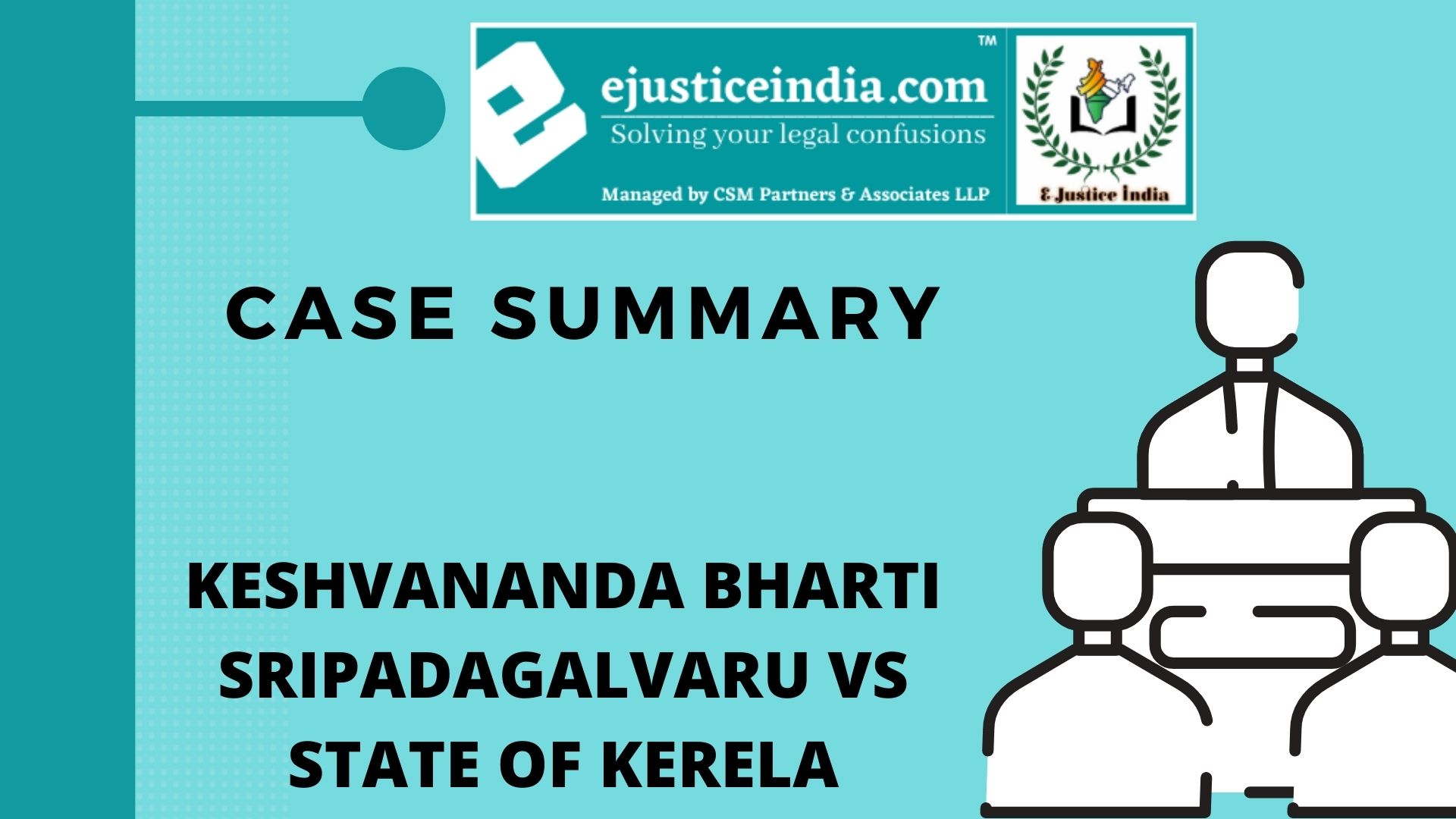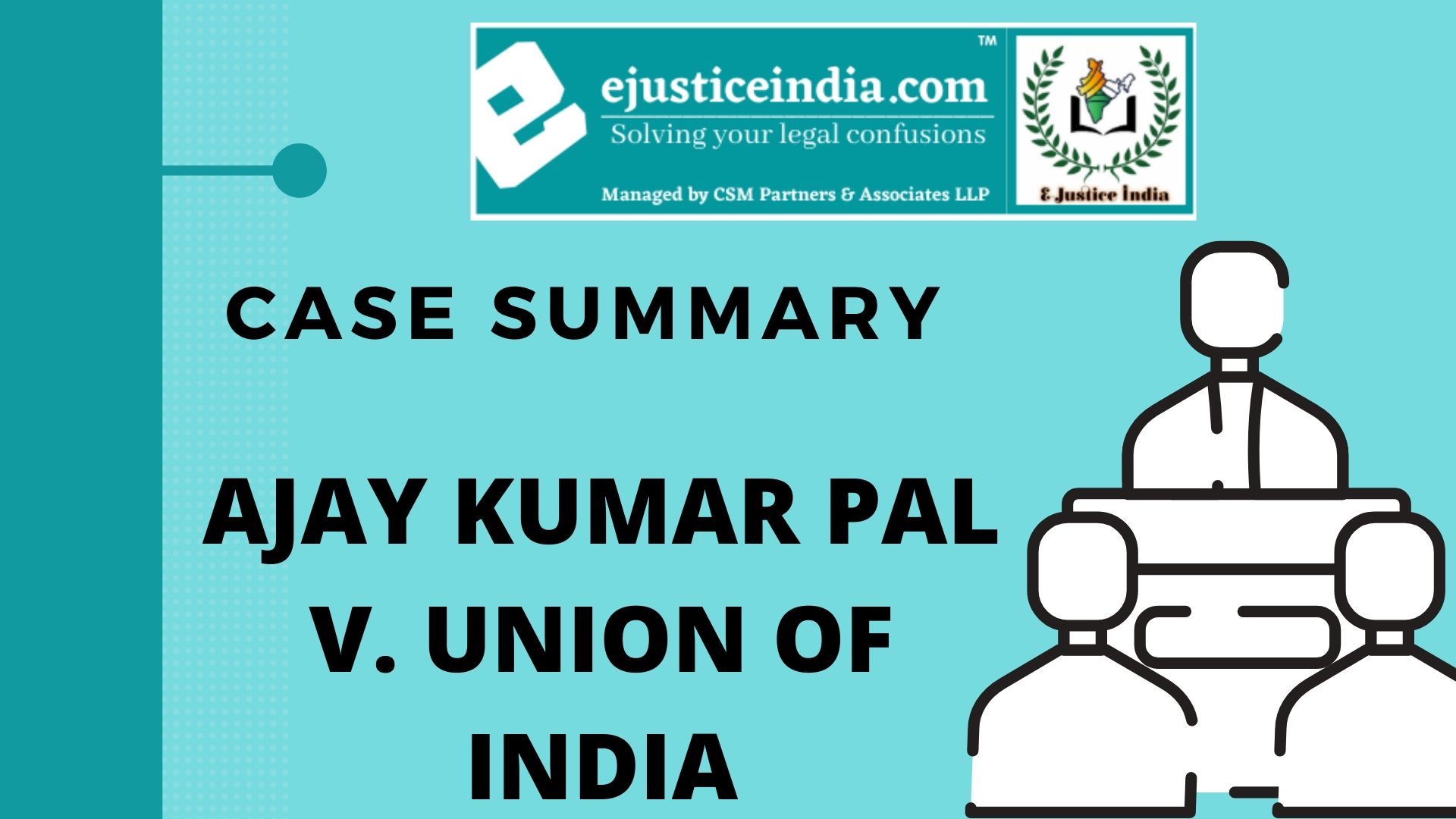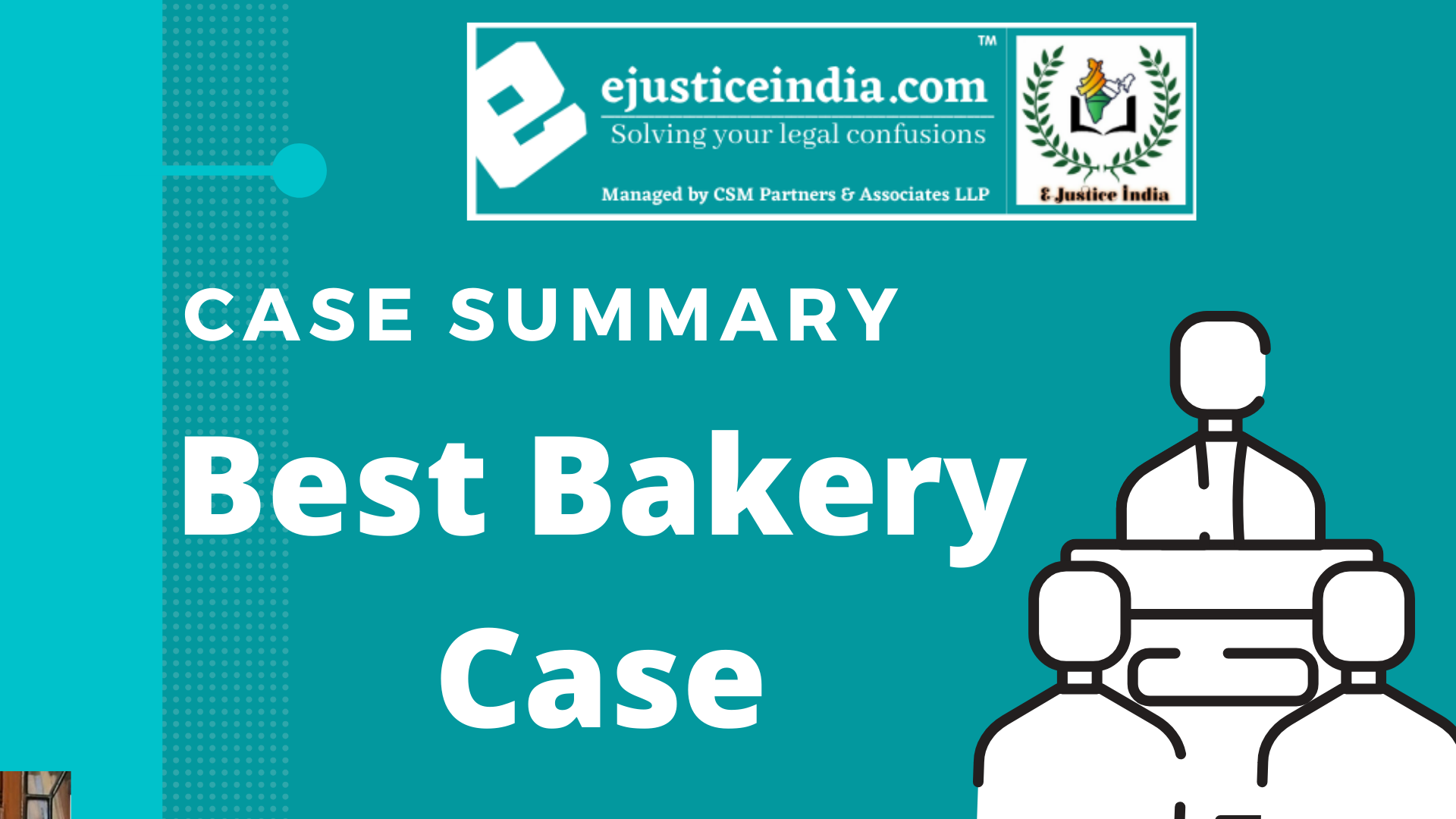Case Summary: Bhargavan & Ors. vs State of Kerala.
EQUIVALENT CITATIONS:
Appeal (crl.) 530-531 of 2003
BENCH:
Mr. Justice Doraiswamy Raju, Justice Arijit Pasayat.
INTRODUCTION:
In Indian Penal code,1860 it has an chapter which covers the offence carried out by group of persons by assembling unlawfully in section 149. In order to convict someone on this section it’s necessary to prove common object not common intention and there should be more than five members need to be present. This particular case explains distinction between common object and common intention, unlawful assembly and their essentials.
It is not necessary that assembly need to be unlawful from the start, even a lawful assembly may turn into unlawful in course of time it’s essential that the members of the assembly doing an act with the objective and the knowledge about the offence they are committing.
In this particular case section 149 ( unlawful assembly) read along with section 300 of IPC along with this section like Section 143 provides punishment for unlawful assembly and Section 148 covers Rioting with armed weapons were stated in judgement. Appellants approached the Supreme Court challenging High court of Kerala decision.
FACTS:
It is not necessary that assembly need to be unlawful from the start, even a lawful assembly may turn into unlawful in course of time it’s essential that the members of the assembly doing an act with the objective and the knowledge about the offence they are committing.
Chandran(herein after referred to as the deceased) gulf returned agriculturist engaged in betel cultivation and trade in kerala, on 25.5.95 and 26.5.95 around midnight the deceased along with his nephew went to panthalam market, they were surrounded by group of six people(accused) with deadly weapons, bhargavan(herein referred to as A1) one of the accused dealt a blow on the deceased head with the intention of killing,the deceased fell down and cried out in pain and A1 asked other members to kill him that he is still breathing, accused Sudhakaran(dead), Chandran, Sadasivan and Radhakrishnan assaulted the deceased with stick on his head and neck, the deceased cried for help, on the same time santhosh nephew of the deceased ran and shouted for help, neighbours came out to help, the deceased made a dying declaration to Anandan and Manoharan witness, they took the deceased to the Government hospital, Mavelikara were Dr.D.V Alexander attended the injured and suggested him them to take him to nearby Medical college hospital, Kottayam as he suspected head injury, during this time the deceased relative registered FIR to the Assistant Sub-inspector of police about 3p.m on 26.5.95, the deceased died about 12.50 p.m on 27.5.95.
Based on the investigation conducted by police and the facts, statements of the 28 witness, Hig court of Kerala passed verdict that accused A1 Bhargaven found guilty punishable for offence under Sections 143, 148 and Section 302 read with Secton 149 of IPC, was sentenced to undergo imprisonment for life and to pay a fine of Rs 60,000/- with default stipulation and the other four accused fined to pay Rs 35,000/- .
The accused challenged the High court verdict and approached Supreme court. The appellant side that the evidence of his nephew was not credible and his actions were unusual, during whole incidence, Is he was just watching in the sidelines? He did not even have scratch and why is the delay in FIR registration what took them so much time, more than that he have litigation against one of the accused, so his witness statement should not be taken into account. As far as other witness statements so called dying declaration Doctor said he was unconscious so there is no way the deceased would have made the dying declaration and one of the accused was admitted in hospital on 25.5.95 so not possible for him to be seen by the witness because he was not there in the scene. this whole case lacks the evidence and improper investigation.
ISSUES AND FACTS OF LAW:
It is not necessary that assembly need to be unlawful from the start, even a lawful assembly may turn into unlawful in course of time it’s essential that the members of the assembly doing an act with the objective and the knowledge about the offence they are committing.
e deceased relative statements who much value does it holds as evidence?
What exactly common object that accused have and the essentials of Section 149 does it covers the accused objective in order to apply?
What is normal discrepancies and material discrepancies and What part does it plays in ascertaining the facts as evidence?
JUDGEMENT:
It is not necessary that assembly need to be unlawful from the start, even a lawful assembly may turn into unlawful in course of time it’s essential that the members of the assembly doing an act with the objective and the knowledge about the offence they are committing.
e Honourable Supreme court judges held that the deceased close relative statements are admissible unless it is not tainted or for personal enmity against the accused, it is not necessary for the witness to state things exactly happened in the scene, witness in shock may miss some events happened or did not accurately noticed everything that accused carried this all are normal discrepancies as the appellants learned counsel argued that witness saw the accused face because of the light is on in one of the witness home but the light is off at that time this comes under normal discrepancies it won’t affect the credibility of the witness but material discrepancies is not allowed. As far as the learned counsel argued that section 149 doesn’t applicable that because A1 was in the hospital getting treatment, upon investigating the doctors and nurses that he was in hospital but he was not treated and he allowed to go outside so the appellant alibi was dismissed. Question always raises that mere part of unlawful assembly can’t make a person liable but section 149 states two important points, that the members of unlawful assembly with the prosecution of common object does an act its offence second that members to that assembly with the knowledge of prosecution of offence is also makes them guilty. In order to prove the common object it is necessary that over act of the members need to be proved as said in section 141 it is necessary to see the act of the members at or before the scene,behaviour of the members by seeing this we will understand that whether they had knowledge of common object or not, in this case the members of the assembly were carrying weapons it shows that they have the common knowledge of offence going to be committed even though if they did not attack the deceased they will be vicariously liable because it falls under second part of Section 149.
It is not necessary that assembly need to be unlawful from the start, even a lawful assembly may turn into unlawful in course of time it’s essential that the members of the assembly doing an act with the objective and the knowledge about the offence they are committing.
preme court upheld the judgement of the high court of kerala and found that accused guilty of murder Section 302 read with section 149.


